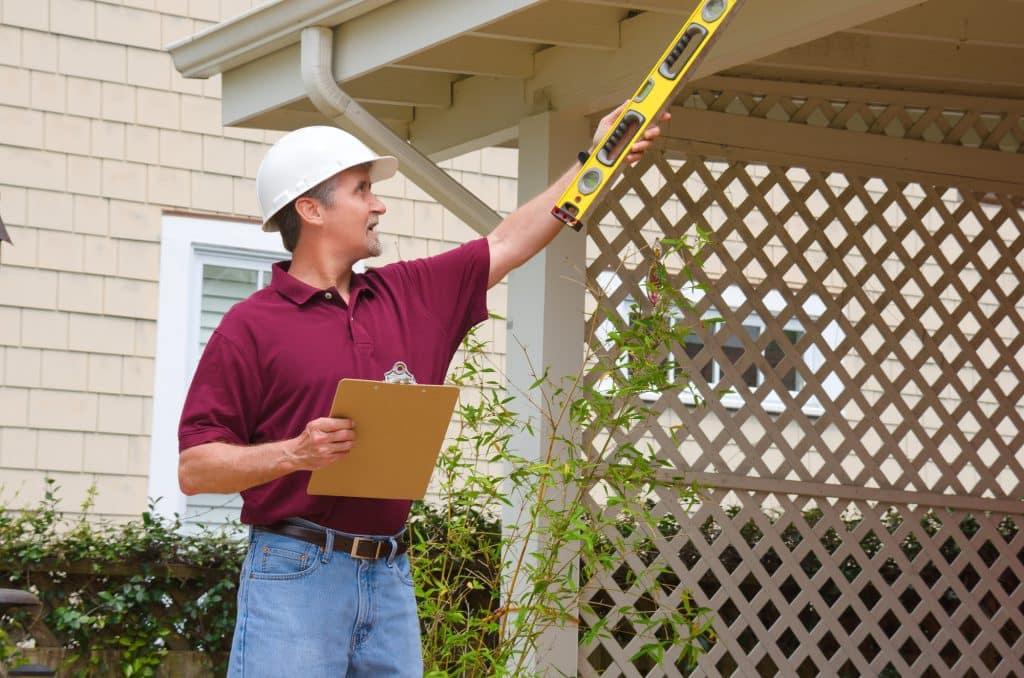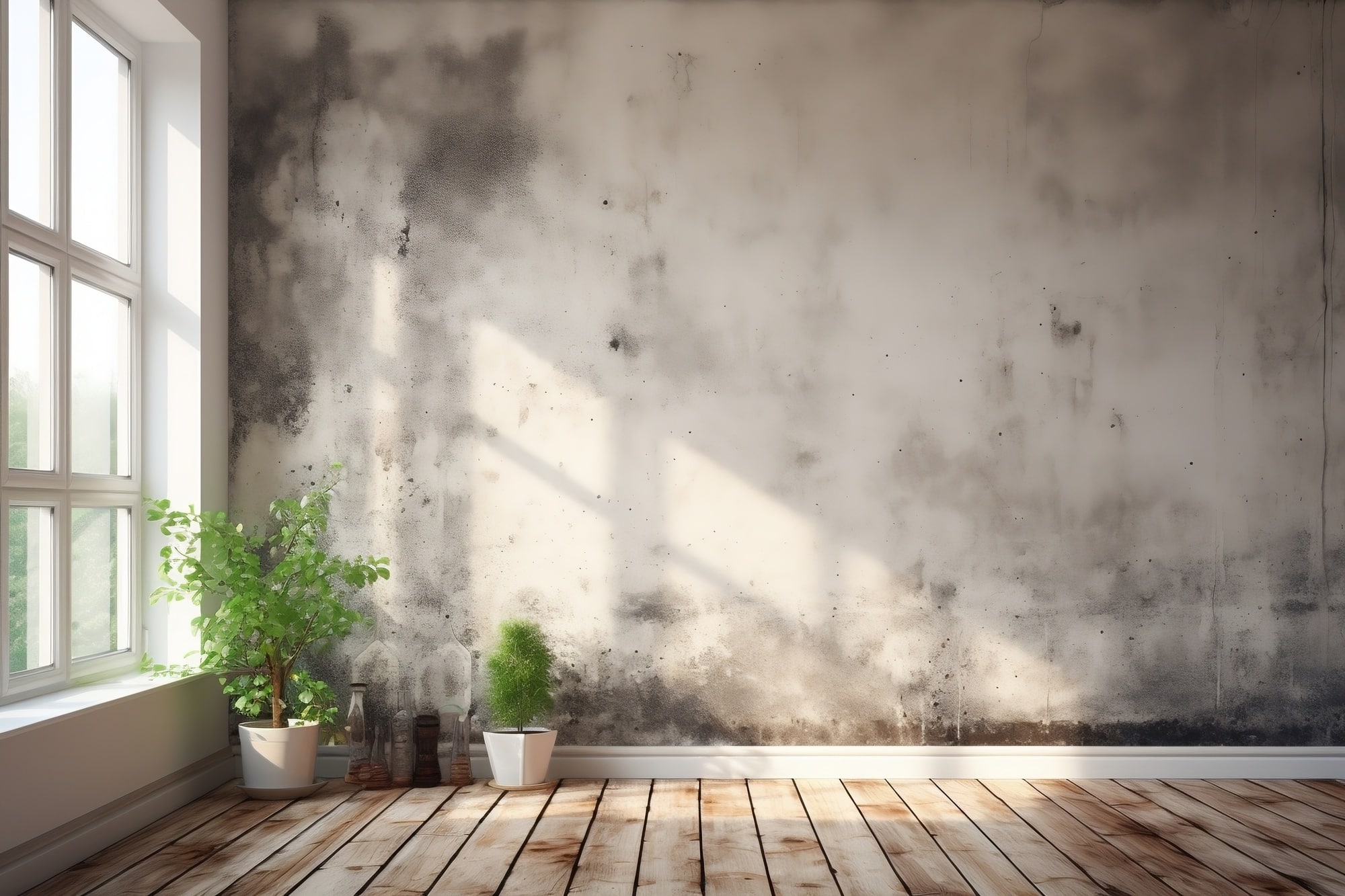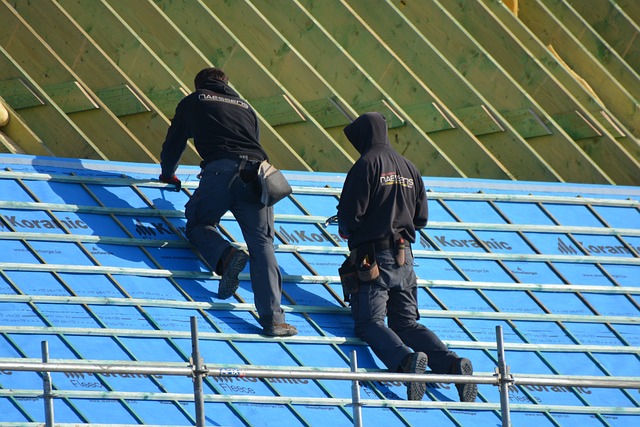Home Buying 101: What To Expect During a Structural Home Inspection
Buying a home is often seen as a cornerstone of achieving the so-called American dream, yet it involves several critical steps that can be daunting for first-time buyers. The structural home inspection stands out as a crucial phase among these steps.
It serves as a safeguard, ensuring that the property you’re considering is free from serious defects that could cost you significantly in the long run. This article will delve into what to expect during a structural home inspection, helping you confidently navigate this essential process.
Understanding the Importance of a Structural Home Inspection
Before diving into the specifics, it’s vital to understand what a structural home inspection entails and why it’s non-negotiable when purchasing a home. This inspection is a detailed examination of the property’s physical structure and systems, from the foundation to the roof.
Its primary aim is to identify property safety, functionality, or value problems. In this context, the role of a structural engineer inspection becomes invaluable. A structural engineer brings a specialized skill set, focusing on the integrity of the home’s foundation, walls, beams, and roof, ensuring the house can withstand environmental stresses and loads.
The Role of a Structural Engineer

A structural engineer inspection is a more in-depth analysis of the home’s fundamental components. While a standard home inspection provides a broad overview of the house’s condition, a structural engineer’s evaluation is specifically aimed at assessing the soundness of the building’s structure.
They look for signs of distress or potential failure in the building’s framework, which could lead to costly repairs if not addressed. This specialized inspection is recommended if the general home inspection raises red flags regarding the property’s structural integrity or if the house is older and has a history of renovations.
Preparing for the Inspection
As a prospective buyer, preparing for the structural home inspection involves several steps. First, choosing a reputable inspector or structural engineer with a proven track record is essential. Researching and selecting a qualified professional ensures you receive a thorough and unbiased property assessment.
Preparing a list of concerns or questions can help you get the most out of the inspection process. This might include areas you’ve noticed during your visits that you’d like the inspector to pay special attention to.
What Inspectors Look For
The professional will examine various aspects of the property’s structure during the inspection. This includes the foundation, looking for cracks or shifts indicating settling or instability. The interior and exterior walls are checked for signs of leaning, bulging, or cracking, which could suggest structural stress.
Ceilings and roofs are inspected for sagging or signs of water damage that could weaken the structural integrity. The inspector also assesses the condition of beams, joists, and other structural components to ensure they are sound and free of significant defects.
The Inspection Process
The inspection process typically takes a few hours, depending on the size and condition of the property. The prospective buyer should be present during the inspection. This provides an opportunity to observe the inspector at work, ask questions, and gain firsthand knowledge about the home’s condition.
The inspector uses various tools, such as moisture meters, levels, and possibly even drones, for roof inspections to assess the house’s condition thoroughly.
Understanding the Report
After the inspection, the inspector will provide a detailed report summarizing the findings. This report is a critical document that outlines any issues or potential concerns with the property’s structure. It will highlight areas needing repair or further evaluation and may include photographs and recommendations.
Understanding this report is essential, as it forms the basis for any negotiations with the seller regarding repairs or adjustments to the purchase price.
Addressing Issues
If the structural inspection uncovers problems, carefully considering the next steps is important. Minor issues may require repairs that can be negotiated with the seller. However, significant structural concerns indicate that the property is not the best investment. In such cases, consulting with the structural engineer on the severity of the issues and the potential costs involved in rectifying them can help you make an informed decision.
Final Thoughts
Structural home inspection is a pivotal step in home-buying, offering invaluable insights into the property’s condition. Armed with detailed information from the inspection report, buyers can navigate the often complex journey of purchasing a home with greater confidence and assurance.
It empowers them to make informed decisions, whether moving forward with the purchase, negotiating repair costs, or even deciding to walk away from a too-risky deal. Ultimately, structural home inspection is more than just a formality; it’s a critical tool that can shape your home-buying experience, ensuring that the property you choose is safe, sound, and a worthy investment for the future.







